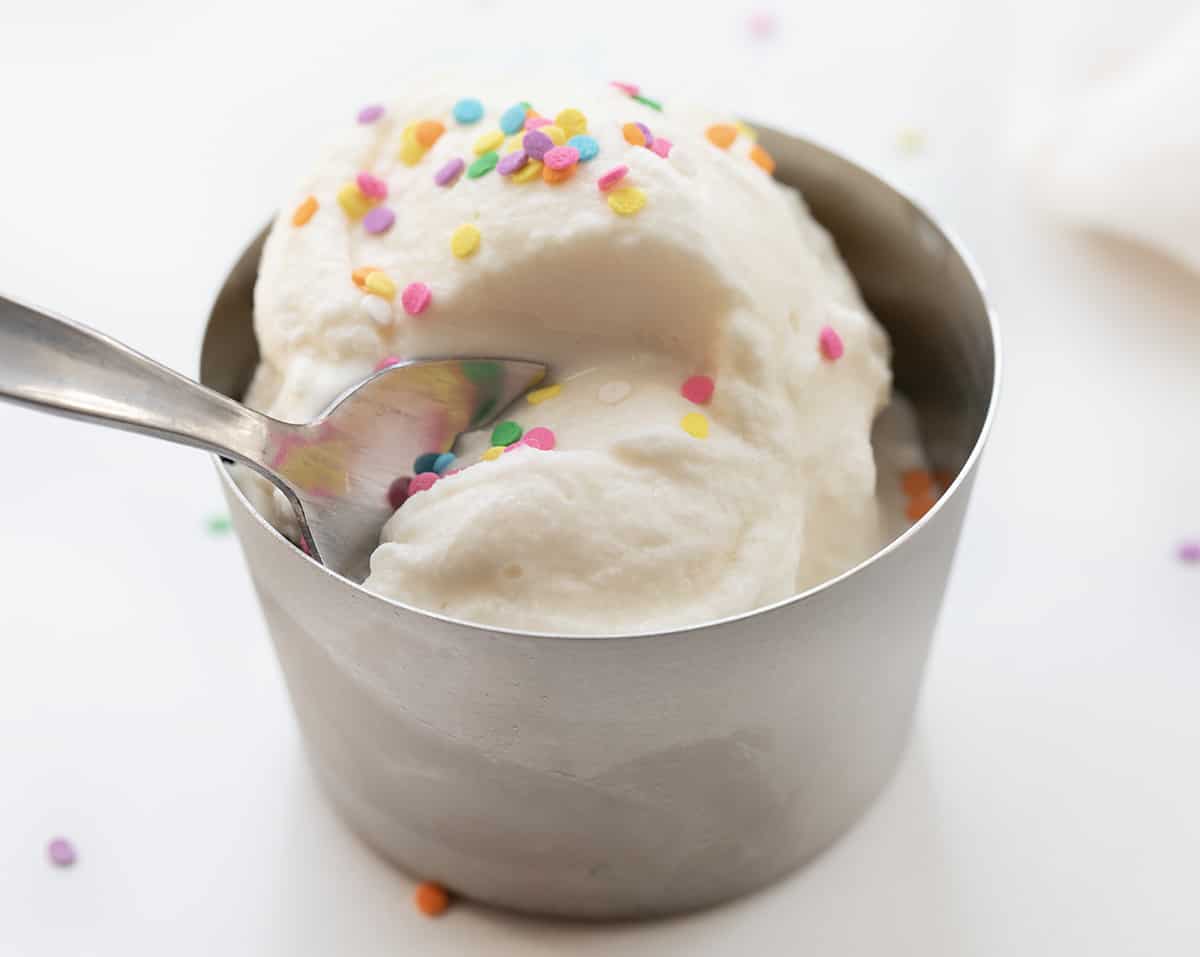

Articles
How To Store Soft Serve Ice Cream
Modified: August 24, 2024
Learn how to store soft serve ice cream properly in this informative article. Find tips and tricks to keep your frozen treat fresh and delicious for longer.
(Many of the links in this article redirect to a specific reviewed product. Your purchase of these products through affiliate links helps to generate commission for Storables.com, at no extra cost. Learn more)
Introduction
Soft serve ice cream is loved by people of all ages for its smooth and creamy texture. Whether it’s enjoyed on a hot summer day or as a dessert treat, nothing beats the refreshing taste of soft serve ice cream. However, to maintain its quality and ensure it stays delicious, proper storage is crucial.
Proper storage of soft serve ice cream not only helps preserve its taste and texture but also prevents it from developing ice crystals or becoming too hard. Whether you are a home cook or a professional in the foodservice industry, knowing how to store soft serve ice cream correctly is essential.
This article will guide you through the process of storing soft serve ice cream to maintain its premium quality. We will delve into topics such as choosing the right container, temperature control, avoiding contamination, proper storage duration, freezing techniques, and thawing methods for stored ice cream.
By following these guidelines, you can ensure that your soft serve ice cream remains just as delightful as the moment it was served.
Key Takeaways:
- Proper storage of soft serve ice cream is essential to preserve its flavor, texture, and quality. Choosing the right container, maintaining temperature control, and avoiding contamination are key factors in ensuring delightful ice cream experiences.
- Freezing and thawing soft serve ice cream requires specific techniques to maintain its creamy texture and delicious taste. By following proper storage guidelines, you can enjoy delightful and satisfying ice cream experiences while minimizing waste and financial losses.
Read more: How Much Is A Soft Serve Ice Cream Machine
Importance of Proper Storage
Proper storage is crucial for maintaining the taste, texture, and overall quality of soft serve ice cream. When not stored correctly, soft serve can deteriorate quickly, resulting in a less enjoyable experience for consumers. Here are a few reasons why proper storage is essential:
- Preserves Flavor: Soft serve ice cream is known for its rich and delicious flavors. However, if exposed to improper storage conditions, the ice cream can develop off-flavors or absorb odors from other foods in the freezer. By storing it correctly, you can preserve the original flavor profile of the ice cream.
- Maintains Texture: The smooth and creamy texture is one of the defining characteristics of soft serve ice cream. Incorrect storage can cause ice crystals to form, resulting in a grainy texture. Proper storage prevents the formation of ice crystals, ensuring a velvety and enjoyable mouthfeel.
- Prevents Freezer Burn: Freezer burn occurs when ice cream is exposed to air, leading to moisture loss and a change in texture and taste. Proper storage techniques significantly reduce the risk of freezer burn, ultimately preserving the quality of the ice cream.
- Minimizes Contamination: Proper storage helps minimize the risk of contamination from bacteria, mold, or other harmful microorganisms. By keeping the ice cream in a sealed container and maintaining a clean freezer environment, you can prevent the growth of harmful pathogens.
- Reduces Waste: When soft serve ice cream is improperly stored and spoils, it can lead to unnecessary waste and financial losses. By storing it correctly, you can extend its shelf life and minimize waste, saving both resources and money.
By understanding the importance of proper storage, you can ensure that your soft serve ice cream retains its flavor, texture, and quality, providing a delightful treat for yourself, your family, or your customers.
Choosing the Right Container
When it comes to storing soft serve ice cream, choosing the right container is essential. The container you use should help maintain the quality of the ice cream and prevent any unwanted changes in flavor or texture. Here are some factors to consider when selecting a container:
- Airtight and Leak-proof: Look for containers that are airtight and leak-proof. This helps to prevent air from getting in, which can lead to freezer burn and a loss of moisture. It also ensures that the ice cream remains fresh and does not absorb any odors from the freezer.
- Durable and Freezer-safe: Opt for containers that are made of durable materials and are freezer-safe. Plastic containers with tight-fitting lids are a popular choice as they are lightweight, shatterproof, and easy to stack in the freezer. However, make sure they are labeled as freezer-safe to avoid any damage or chemical leaching.
- Size and Shape: Consider the size and shape of the container based on your storage needs. If you plan to store small portions or single servings, individual portion containers or pint-sized containers may be ideal. For larger quantities, quart-sized or half-gallon containers are more appropriate.
- Transparent: Opt for transparent containers that allow you to see the content without opening them. This eliminates the need to repeatedly open containers, which can expose the ice cream to air and temperature fluctuations.
- Easy to Clean: Look for containers that are easy to clean and dishwasher-safe. This ensures that you can maintain proper hygiene and cleanliness when storing and reusing the containers.
Remember to label each container with the date of storage to keep track of freshness and rotation. Using a permanent marker or labels specifically designed for freezer use can help you easily identify the stored ice cream and prevent any confusion.
By choosing the right container, you can ensure that your soft serve ice cream remains fresh, maintains its quality, and is conveniently stored and accessed whenever you crave a delicious treat.
Temperature Control
Proper temperature control is essential for storing soft serve ice cream and preserving its quality. Maintaining the right temperature helps prevent the growth of bacteria, maintains the texture, and prevents freezer burn. Here are some guidelines for effective temperature control:
- Set the Freezer Temperature: Ensure that your freezer is set at the ideal temperature for storing ice cream, which is typically between -10°F to 0°F (-23°C to -18°C). It is important to have a reliable and accurate thermometer to monitor and adjust the freezer temperature as needed.
- Avoid Temperature Fluctuations: Fluctuating temperatures can cause the ice cream to melt and refreeze, leading to the formation of ice crystals and a loss of quality. Avoid frequent and unnecessary opening of the freezer door, as it can lead to temperature fluctuations. Organize and plan your freezer space in advance to minimize the need for rummaging through items.
- Avoid Freezer Crowding: Overcrowding the freezer can restrict airflow, leading to uneven distribution of cold air and temperature fluctuations. Ensure that there is enough space around the ice cream containers for proper air circulation.
- Rotate the Ice Cream: Periodically rotate the ice cream containers to ensure uniform freezing and prevent any areas from becoming too cold or frozen. This helps maintain consistent texture and quality throughout the entire container.
- Avoid Thawing and Refreezing: Thawing and refreezing soft serve ice cream can degrade its texture and taste. Store the ice cream in small portions or individual servings to avoid having to thaw and refreeze the entire container.
- Transport with Insulation (if needed): If you need to transport soft serve ice cream, ensure it is well-insulated to maintain the desired temperature. Use insulated coolers or freezer bags with ice packs or dry ice to keep the ice cream frozen during transportation.
By practicing proper temperature control, you can ensure that your soft serve ice cream retains its quality, flavor, and texture, providing a delightful treat every time you serve it.
Avoiding Contamination
Contamination can compromise the safety and quality of soft serve ice cream. It is important to take precautions to prevent the introduction of harmful bacteria or other contaminants. Here are some guidelines to avoid contamination:
- Clean and Sanitize Hands: Before handling soft serve ice cream or its containers, thoroughly wash your hands with soap and warm water. Proper hand hygiene helps prevent the transfer of bacteria and other contaminants.
- Use Clean Utensils: When scooping or serving soft serve ice cream, ensure that all utensils, such as scoops and spatulas, are clean and sanitized. Regularly wash and sanitize these utensils to avoid cross-contamination.
- Store Away from Raw Foods: Keep soft serve ice cream containers separate from raw meats, poultry, seafood, and other raw food items in the freezer to prevent the risk of cross-contamination. Place the containers on a separate shelf or in a designated section of the freezer away from raw food items.
- Seal Containers Airtight: Make sure that the containers used for storing soft serve ice cream are tightly sealed and airtight. This prevents the entry of bacteria, contaminants, and odors from other foods in the freezer.
- Clean Freezer Regularly: Clean and sanitize the freezer regularly to maintain a clean storage environment. Remove any spills or food debris promptly to prevent the growth of bacteria or mold that could affect the ice cream.
- Practice First-In-First-Out (FIFO): When storing multiple containers of soft serve ice cream, adopt the FIFO method. This means using the oldest container first and rotating newer ones to the back of the freezer. This ensures that the ice cream is consumed before it reaches its expiration date.
Take these precautions to avoid contamination and prioritize food safety when storing soft serve ice cream. By following these guidelines, you can enjoy the delicious ice cream without any concerns about potential health risks.
Store soft serve ice cream in airtight containers to prevent freezer burn and maintain its creamy texture. Keep it towards the back of the freezer to avoid temperature fluctuations from the door opening and closing.
Proper Storage Duration
Soft serve ice cream is best enjoyed when it is fresh and at its peak quality. It is important to be mindful of the recommended storage duration to ensure that the ice cream remains safe to consume and maintains its taste and texture. Here are some general guidelines for proper storage duration:
- Unopened Containers: If the soft serve ice cream is in an unopened container, check the expiration date on the packaging. Follow the manufacturer’s instructions for storage and use within the specified period.
- Opened Containers: Once you have opened a container of soft serve ice cream, the storage duration will vary depending on factors such as temperature control, handling, and exposure to air. As a general rule, consume the ice cream within 1 to 2 weeks for optimal flavor and quality. Remember to keep the container tightly sealed and stored at the recommended freezer temperature.
- Individual Portions: If you have portioned the ice cream into smaller containers or individual servings, consider using the ice cream within 1 to 2 months. Smaller portions freeze and store more effectively, ensuring better quality over a longer period.
- Homemade Soft Serve: Homemade soft serve ice cream typically has a shorter storage duration compared to commercially produced varieties. Consume homemade soft serve within a week for the best taste and texture. Avoid storing homemade soft serve ice cream for extended periods as it contains fresh ingredients that may lead to faster deterioration.
- Quality Assessment: Regardless of the recommended storage duration, always assess the quality of the ice cream before consuming it. Pay attention to any unusual odors, off-flavors, or changes in texture. If the ice cream exhibits signs of spoilage or does not taste as expected, it is best to discard it.
Keep in mind that these are general guidelines, and the storage duration may vary based on specific brands, ingredients, and storage conditions. Always refer to the manufacturer’s instructions and trust your judgment when determining the freshness and quality of stored soft serve ice cream.
By adhering to proper storage duration, you can enjoy soft serve ice cream at its best and minimize any potential risks associated with consuming spoiled or outdated products.
Tips for Freezing Soft Serve Ice Cream
Freezing soft serve ice cream requires specific techniques to maintain its creamy texture and delicious taste. Here are some tips to help you freeze soft serve ice cream effectively:
- Chill the Ice Cream: Before freezing, ensure that the soft serve ice cream is thoroughly chilled in the refrigerator. This helps to stabilize the temperature and texture, preventing ice crystals from forming during the freezing process.
- Use Freezer-friendly Containers: Select freezer-friendly containers that are airtight and designed for freezing. Avoid using containers that allow air or moisture to seep in, as they can lead to freezer burn and affect the quality of the ice cream.
- Portion Control: Consider portioning the soft serve ice cream into individual servings or smaller containers. This allows for easier storage, quicker freezing, and reduces the need to thaw the entire container when you only want a small portion.
- Avoid Overfilling: Leave some space at the top of the container for the ice cream to expand as it freezes. Overfilled containers can lead to lid popping open or cracking as the ice cream expands, causing potential leakage and loss of quality.
- Wrap with Plastic Wrap: For additional protection, you can cover the surface of the ice cream with a layer of plastic wrap before sealing the container. The plastic wrap helps to prevent air exposure, reducing the risk of freezer burn.
- Place in the Coldest Part of the Freezer: Choose the coldest part of your freezer to store the soft serve ice cream. Typically, this is in the back and towards the bottom. Avoid storing it near the freezer door, as temperature fluctuations are more likely to occur in this area.
- Avoid Repeated Freezing and Thawing: If you plan to consume only a portion of the ice cream, it is best to scoop out the desired amount into a separate bowl, rather than repeatedly thawing and refreezing the entire container. This helps to maintain the original texture and taste of the ice cream.
- Label and Date the Containers: It’s important to label and date each container of frozen soft serve ice cream. This helps you keep track of the storage duration and ensures you consume the ice cream within a reasonable timeframe.
By following these tips, you can successfully freeze soft serve ice cream while preserving its smooth texture, delightful consistency, and delicious flavor.
Thawing and Serving Stored Ice Cream
Thawing stored ice cream properly is crucial to maintain its creamy texture and prevent any undesirable changes. Here are some guidelines for thawing and serving stored ice cream:
- Transfer to the Refrigerator: Move the container of stored ice cream from the freezer to the refrigerator. The gradual thawing process in the refrigerator helps retain the original texture and consistency of the ice cream.
- Allow Ample Thawing Time: Give the ice cream enough time to thaw properly. Depending on the size of the container and the firmness of the ice cream, it may take anywhere from 30 minutes to a few hours to fully thaw in the refrigerator.
- Avoid Microwaving or Using Hot Water: Resist the temptation to speed up the thawing process by using the microwave or placing the container under hot water. These methods can cause uneven thawing and may negatively affect the texture and taste of the ice cream.
- Gently Stir or Fold: Once the ice cream has thawed to a scoopable consistency, gently stir or fold it to redistribute any ice crystals that may have formed during the freezing and thawing process.
- Serve and Enjoy: Once the ice cream has thawed completely and is soft and creamy, it is ready to be served and enjoyed! Use a scoop or a spoon to portion out the desired amount into bowls or cones.
- Refreeze Only If Necessary: It is best to consume the thawed ice cream immediately to maintain its optimal quality. Refreezing previously thawed ice cream can affect its texture, leading to a grainy consistency. Only refreeze if absolutely necessary and consume it within a short timeframe.
- Pair with Toppings: Enhance the enjoyment of your served ice cream by adding delicious toppings such as chocolate syrup, sprinkles, chopped nuts, or fresh fruit. Get creative and customize your ice cream experience!
- Store Leftovers Properly: If there are any leftovers, immediately return them to the freezer in a tightly sealed container. Ensure that the ice cream is not directly exposed to air to prevent freezer burn and maintain its freshness.
Remember, proper thawing and serving techniques are essential to maintaining the quality of stored ice cream and ensuring a delightful and satisfying ice cream experience.
Conclusion
Proper storage of soft serve ice cream is crucial to maintain its taste, texture, and overall quality. By following the guidelines discussed in this article, you can ensure that your stored ice cream remains delightful and enjoyable to consume.
We have explored the importance of proper storage and the factors to consider when choosing the right container. Temperature control and avoiding contamination are key to preserving the freshness and safety of the ice cream. Understanding the recommended storage duration ensures that you consume the ice cream at its best.
Additionally, we have provided tips for freezing soft serve ice cream effectively, including portioning, using freezer-friendly containers, and proper labeling. Thawing the ice cream gradually in the refrigerator and serving it with care helps maintain its smooth and creamy texture.
By implementing these practices, you can maximize the shelf life of your soft serve ice cream and enjoy it to the fullest, whether you are a home cook or a professional in the foodservice industry.
Remember, while storage techniques can help maintain the quality of soft serve ice cream, it is important to use your judgment and assess the freshness and safety of the ice cream before consuming it.
So go ahead, savor the deliciousness of your favorite soft serve ice cream with the confidence that you have mastered the art of proper storage!
Now that you've mastered storing soft serve ice cream, why not consider making it at home? Upgrading to a personal soft serve machine can transform dessert time into a fun, creative activity. Our guide on choosing the ideal soft serve machine covers everything from features to budget considerations. Dive into our comprehensive review and make informed decisions about which machine fits your needs best. Make every scoop from your kitchen feel like a trip to the ice cream shop!
Frequently Asked Questions about How To Store Soft Serve Ice Cream
Was this page helpful?
At Storables.com, we guarantee accurate and reliable information. Our content, validated by Expert Board Contributors, is crafted following stringent Editorial Policies. We're committed to providing you with well-researched, expert-backed insights for all your informational needs.
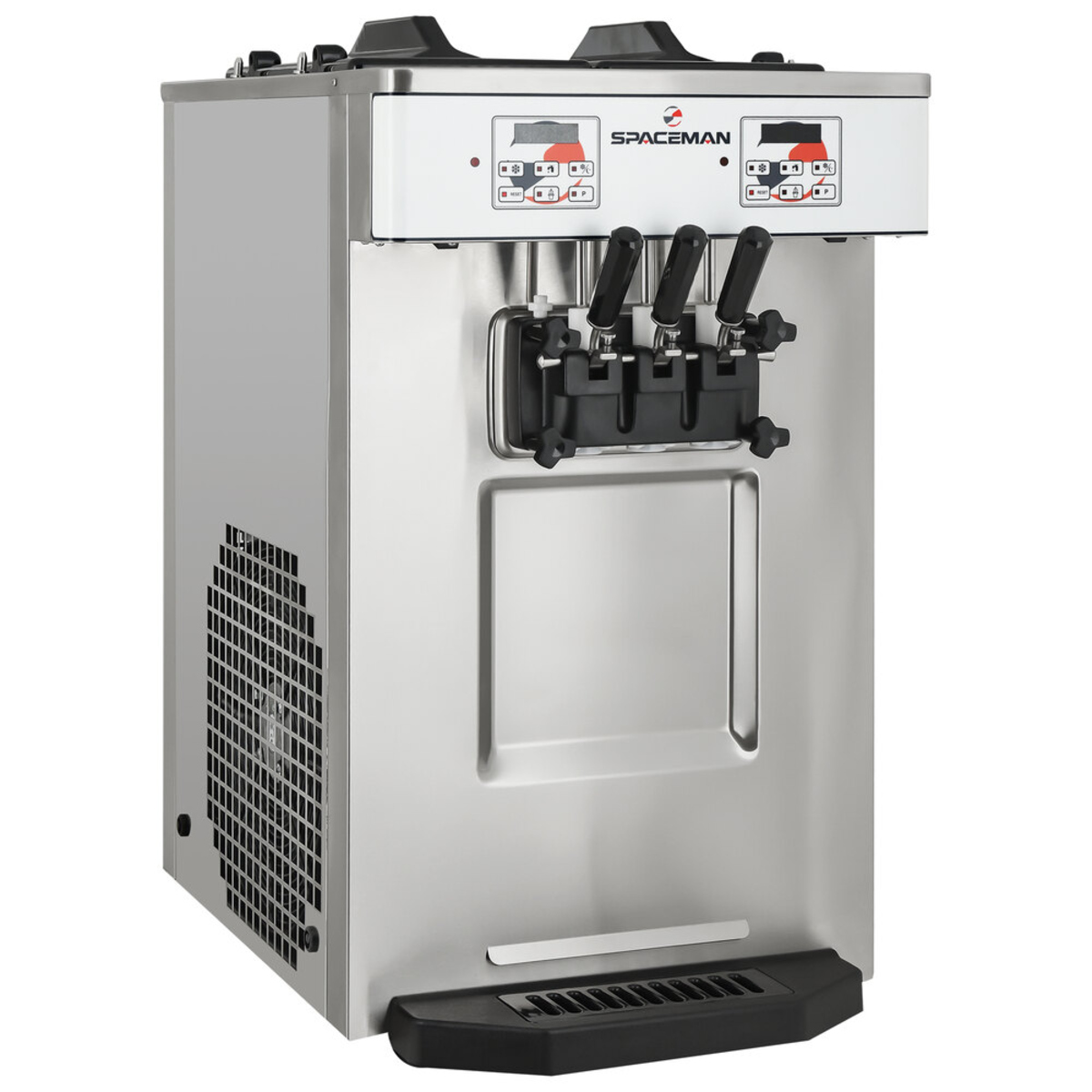
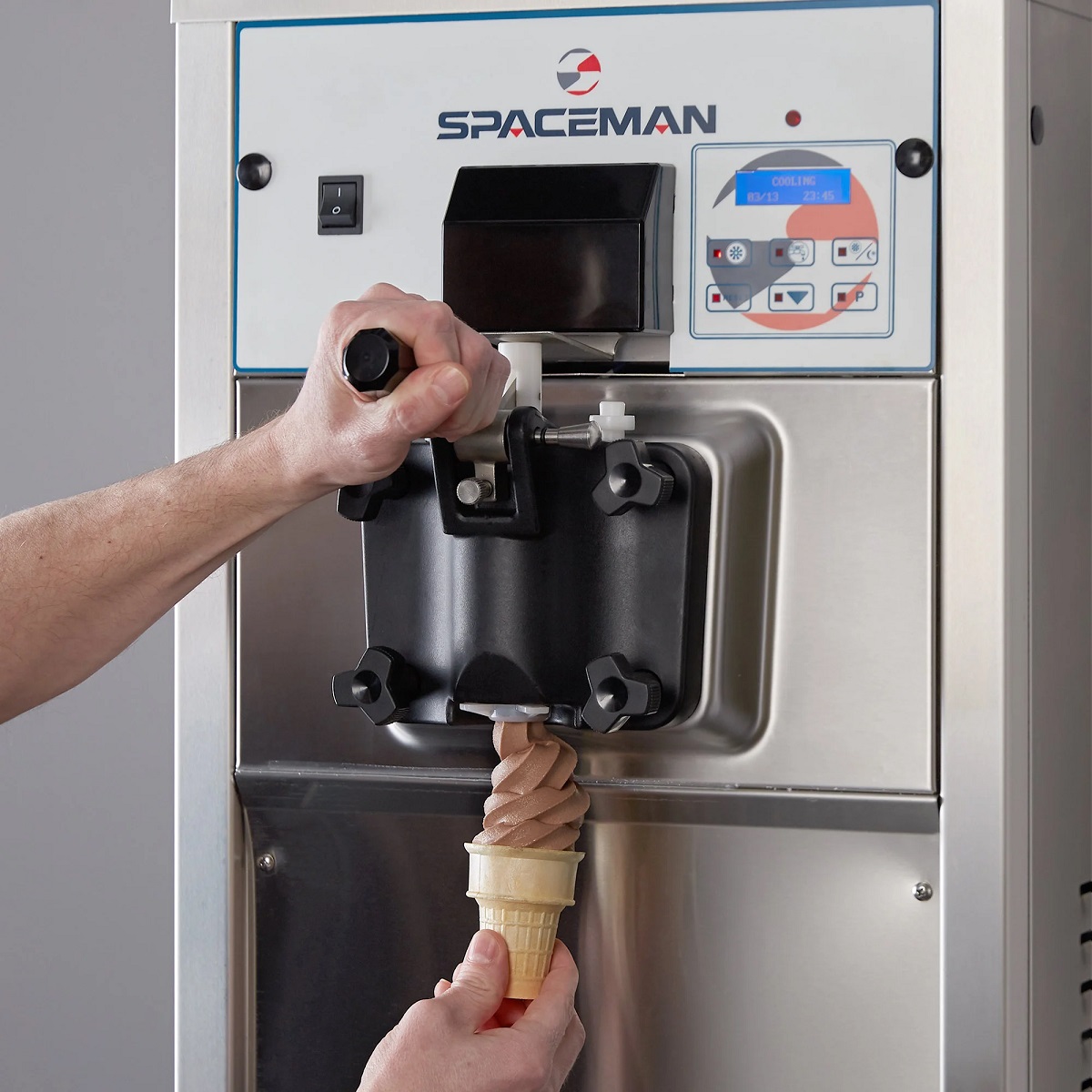

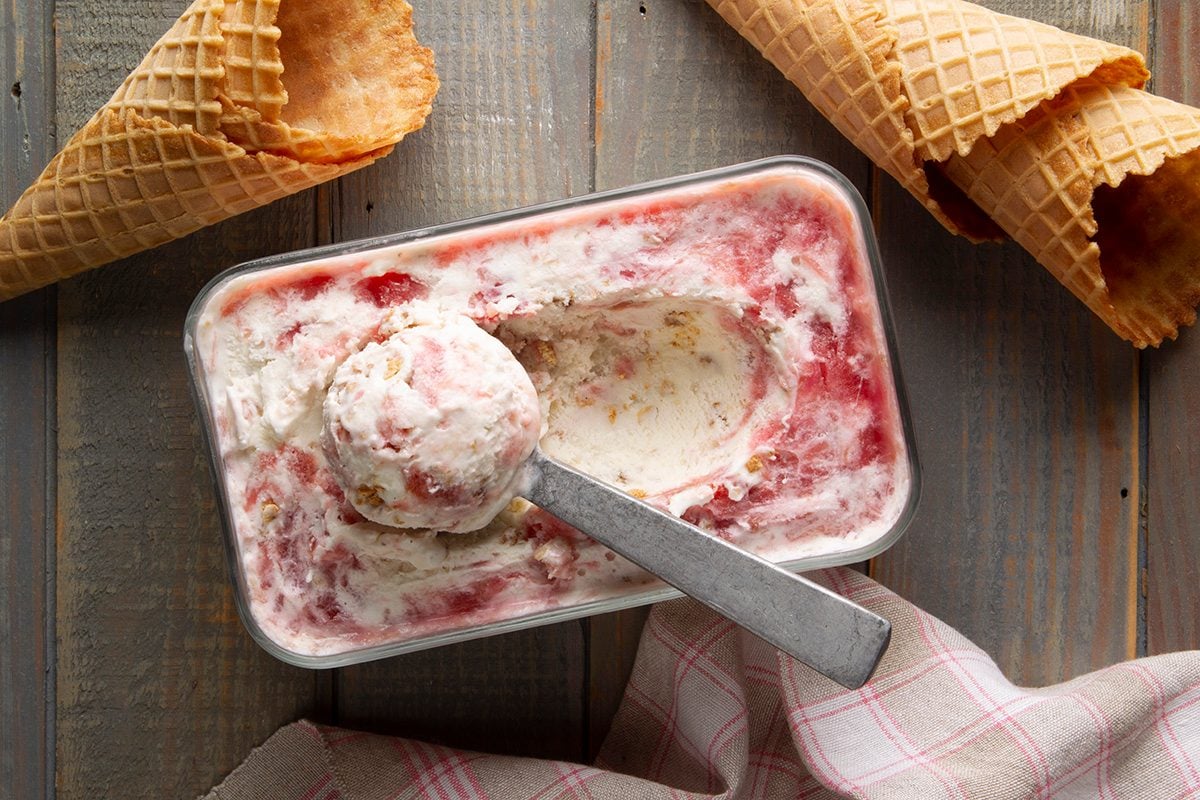

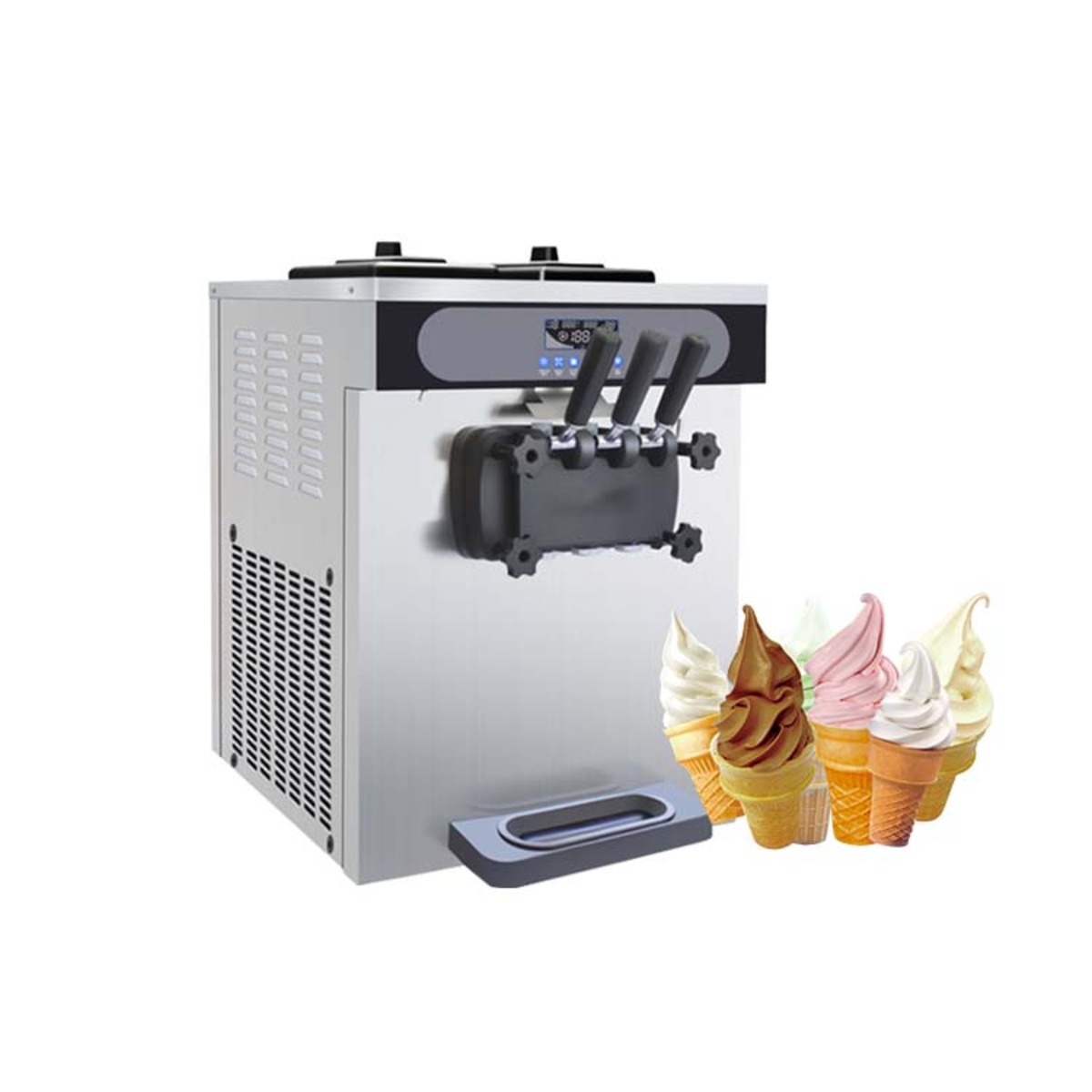

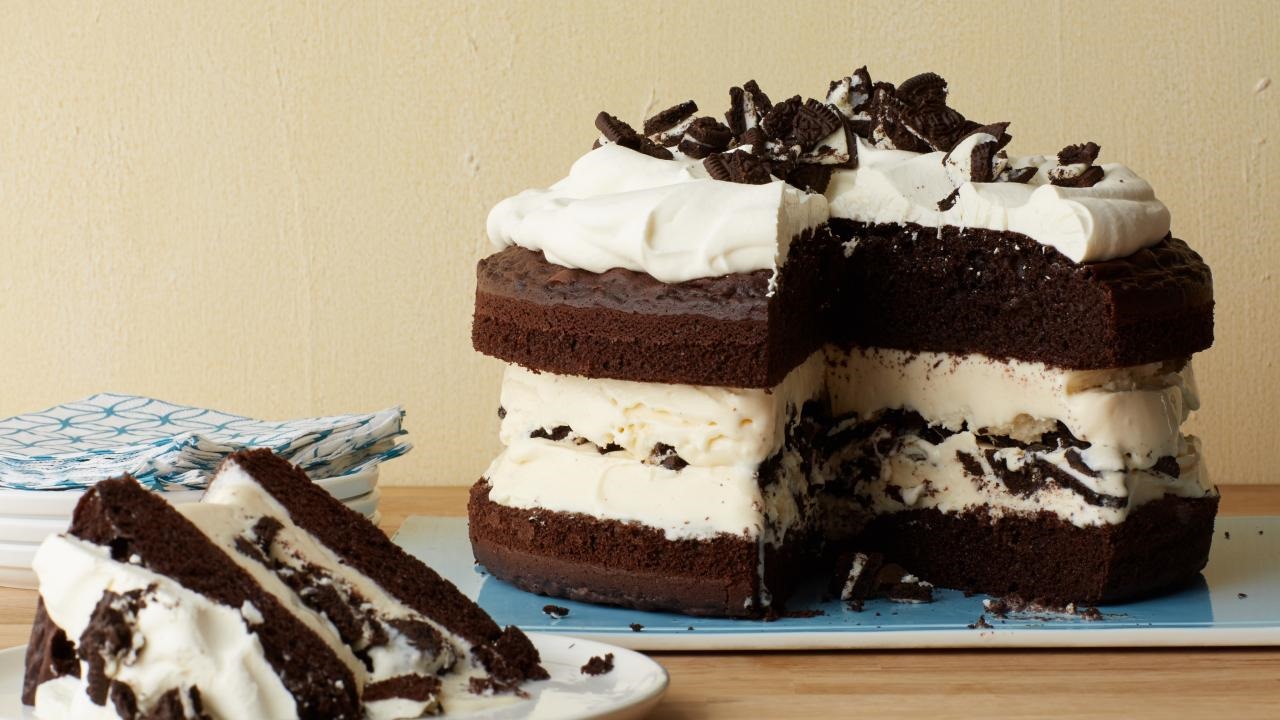
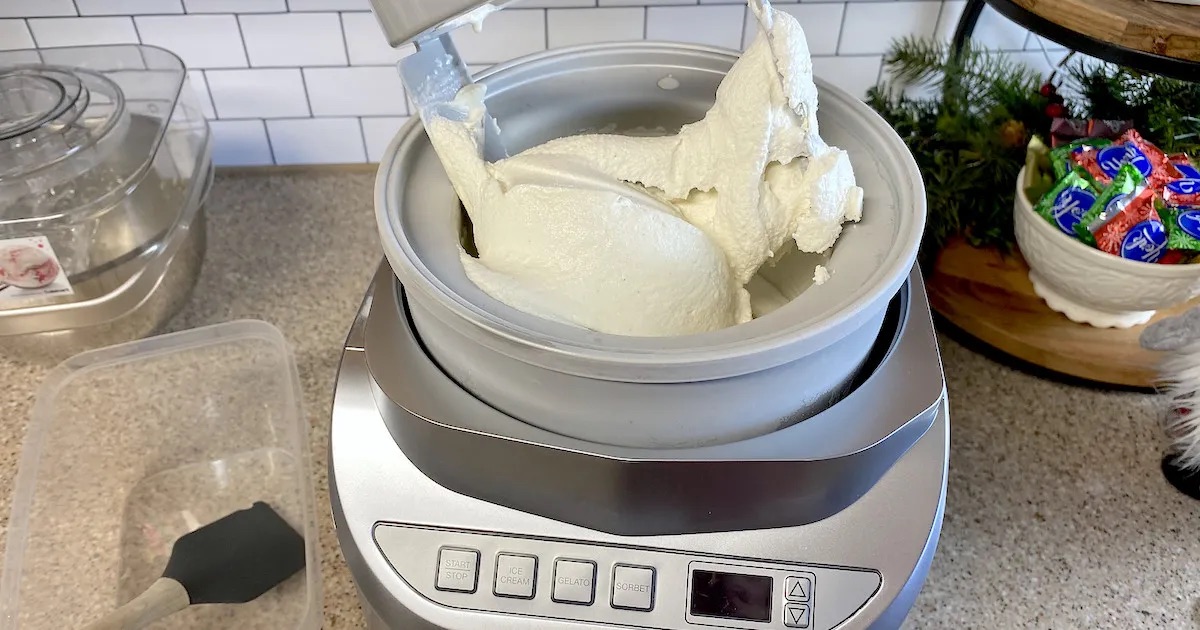
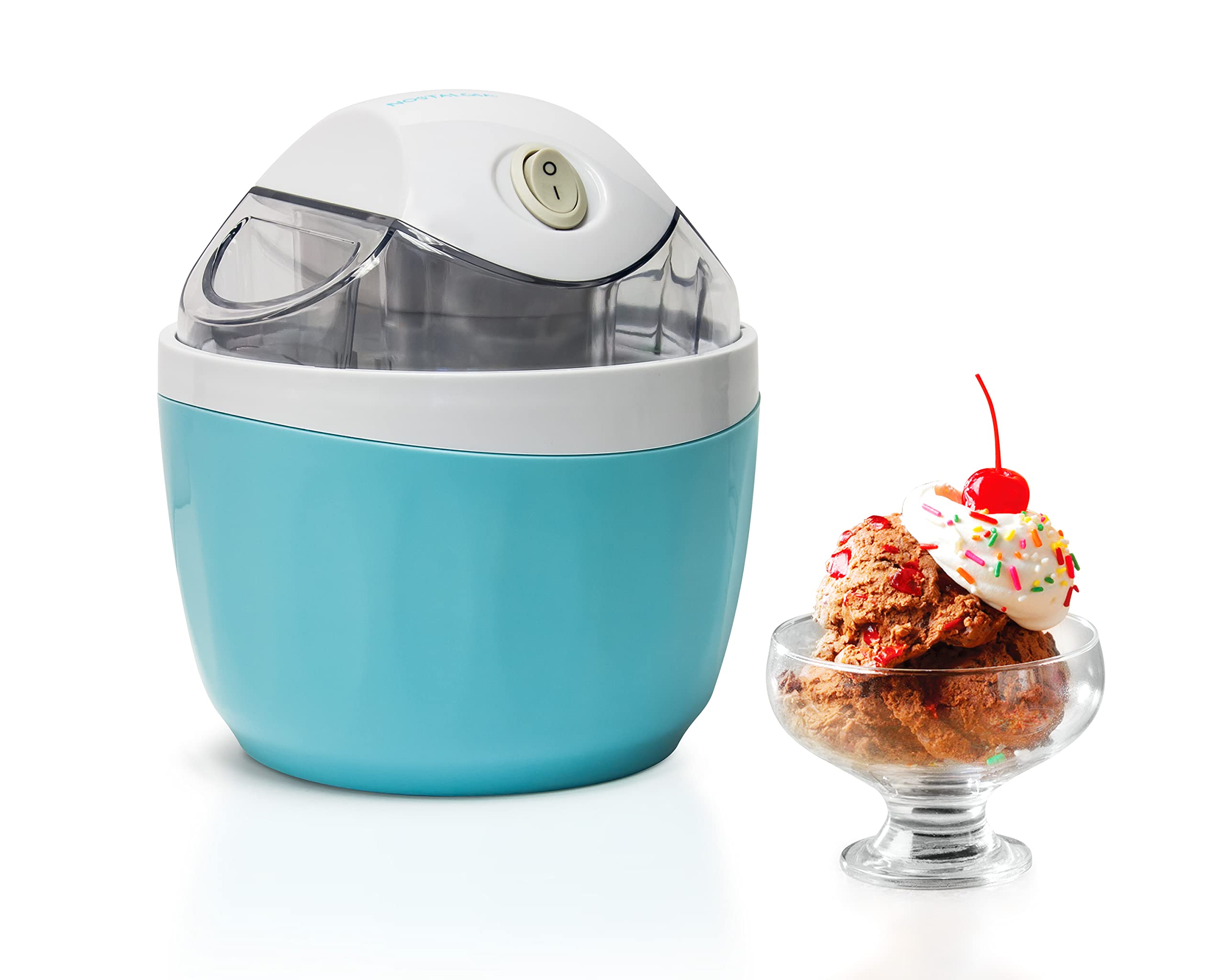





0 thoughts on “How To Store Soft Serve Ice Cream”